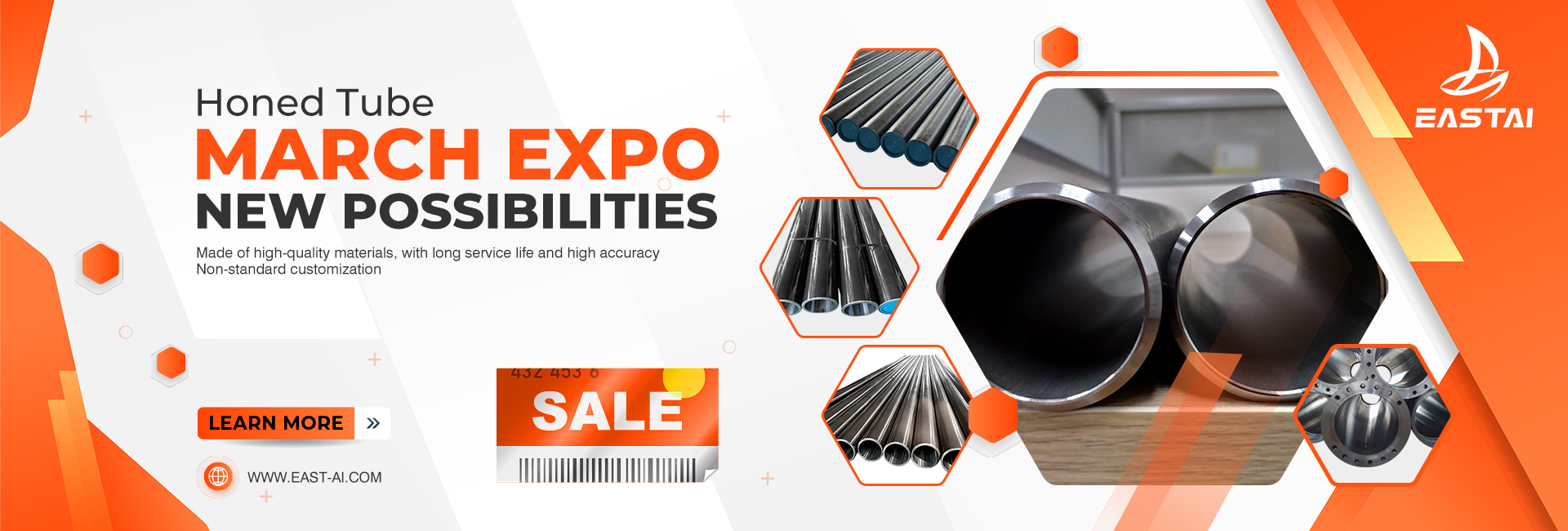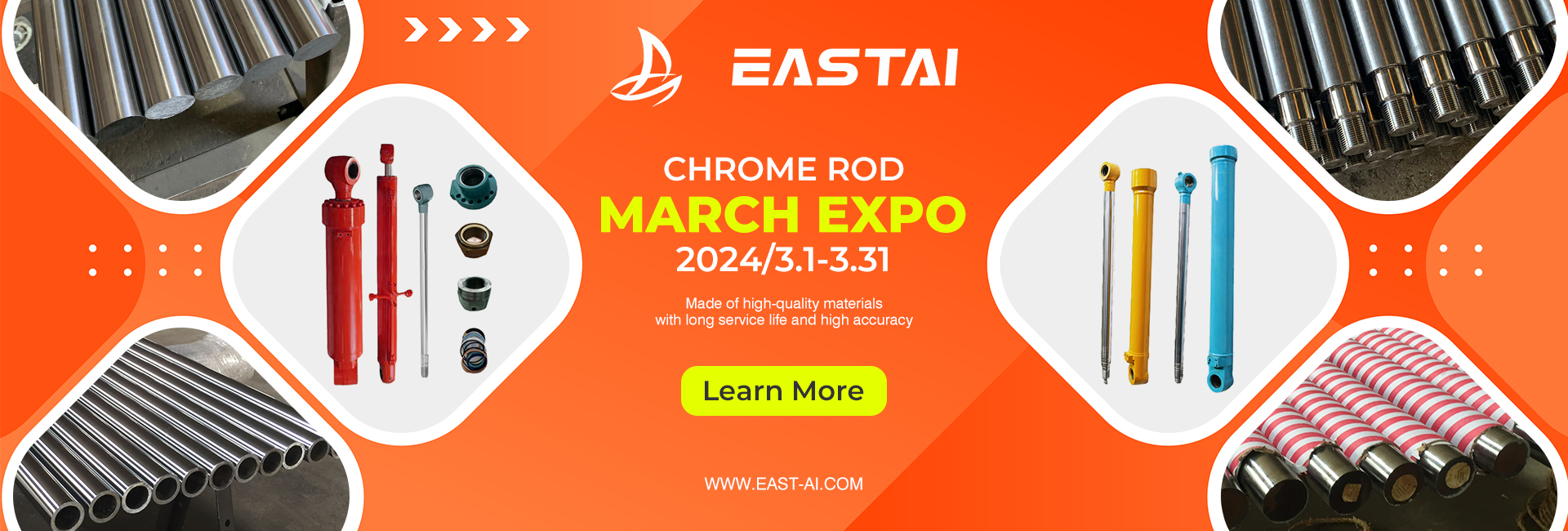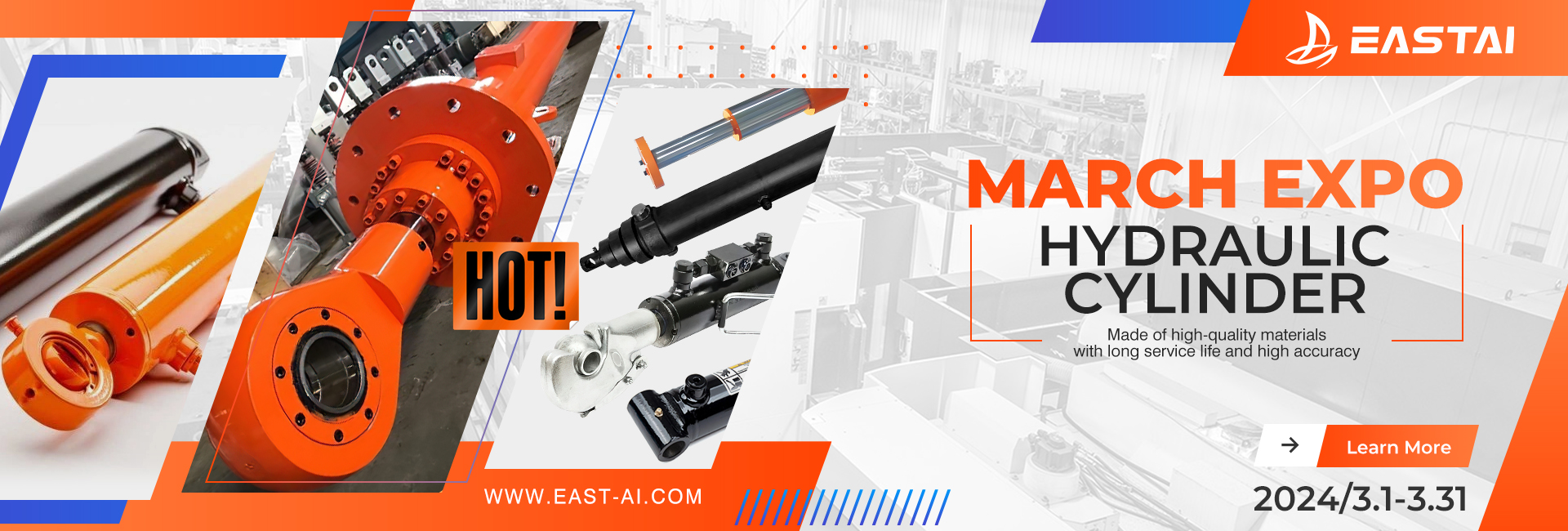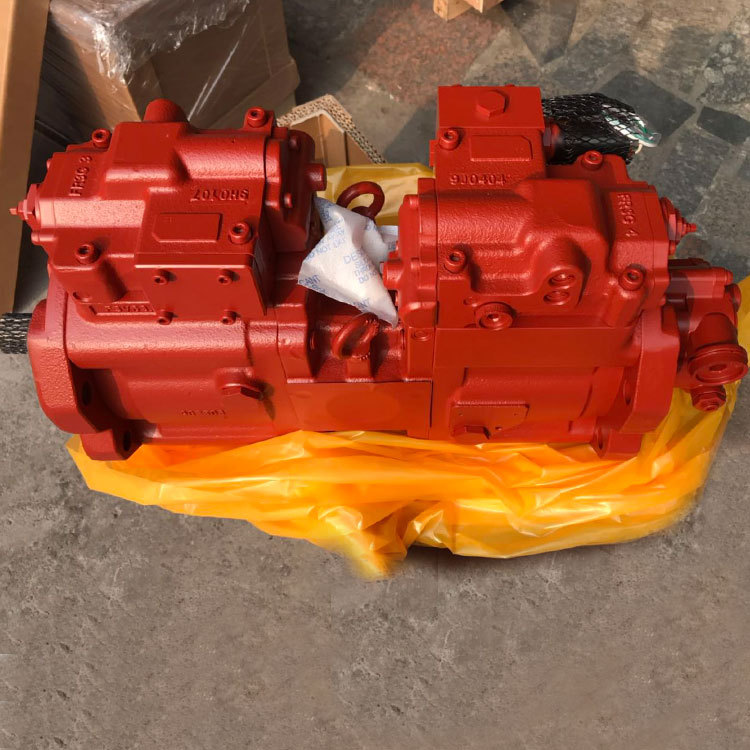The K3V Kawasaki hydraulic pump
Highlight the key features:
1.High efficiency: The K3V pump features a low-loss control system that minimizes energy loss, resulting in lower fuel consumption and reduced operating costs.
2.Low noise operation: Kawasaki has developed several noise reduction technologies for the K3V pump, including a highly precise swash plate, a noise-reducing valve plate, and a unique pressure relief mechanism that reduces pressure pulsations.
3.Robust construction: The K3V pump is designed to operate in harsh environments, with a robust construction that can withstand high loads and extreme temperatures.
4.Wide range of output options: The pump has a displacement range of 28 cc to 200 cc, providing a wide range of output options to meet various needs.
5.Simple and compact design: The K3V pump has a simple and compact design, making it easy to install and maintain.
6.High pressure capacity: The pump has a maximum pressure of up to 40 MPa, making it suitable for heavy-duty applications.
7.Built-in pressure relief valve: The K3V pump has a built-in pressure relief valve and a high-pressure shock valve, which protect the pump from damage caused by sudden pressure spikes.
8.Efficient oil cooling system: The pump has a highly efficient oil cooling system that helps to maintain a consistent oil temperature, improving the overall efficiency and reliability of the pump.
Explain the benefits:
1.High efficiency: The K3V pump features a low-loss control system that minimizes energy loss, resulting in lower fuel consumption and reduced operating costs.
2.Low noise operation: The pump operates quietly, which can improve operator comfort and reduce noise pollution in the work environment.
3.Robust construction: The K3V pump is designed to withstand high loads and extreme temperatures, making it a reliable choice for heavy-duty applications.
4.Versatile: The pump’s wide range of output options and pressure capacity make it suitable for a variety of industrial machinery applications, including construction equipment, mining machinery, and agricultural machinery.
5.Easy to install and maintain: The pump has a simple and compact design, making it easy to install and maintain, which can help reduce downtime and maintenance costs.
6.Pressure protection: The pump has a built-in pressure relief valve and a high-pressure shock valve that protect the pump from damage caused by sudden pressure spikes, improving its longevity and reliability.
7.Environmental benefits: The K3V pump’s low energy consumption and reduced carbon footprint make it an environmentally responsible choice.
Provide technical specifications:
- Displacement range: 28 cc to 200 cc
- Maximum pressure: 40 MPa
- Maximum speed: 3,600 rpm
- Rated output: up to 154 kW
- Control type: Pressure-compensated, load-sensing, or electric proportional control
- Configuration: Swash plate axial piston pump with nine pistons
- Input power: Up to 220 kW
- Oil viscosity range: 13 mm²/s to 100 mm²/s
- Mounting orientation: Horizontal or vertical
- Weight: Approximately 60 kg to 310 kg, depending on the displacement size
Include real-world examples:
1.Construction equipment: The K3V pump is commonly used in construction machinery such as excavators, bulldozers, and backhoes. For example, the Hitachi ZX470-5 hydraulic excavator uses a K3V pump to power its hydraulic system, providing high performance and efficiency for demanding construction applications.
2.Mining machinery: The K3V pump is also used in mining machinery such as mining shovels and loaders. For example, the Caterpillar 6040 mining shovel uses multiple K3V pumps to power its hydraulic system, enabling it to handle heavy loads and extreme operating conditions.
3.Agricultural machinery: The K3V pump is used in agricultural machinery such as tractors, harvesters, and sprayers. For example, the John Deere 8R series tractors use a K3V pump to power their hydraulic system, providing high performance and efficiency for demanding agricultural applications.
4.Material handling equipment: The K3V pump is also used in material handling machinery such as forklifts and cranes. For example, the Tadano GR-1000XL-4 rough terrain crane uses a K3V pump to power its hydraulic system, enabling it to lift heavy loads with precision and control.
Provide comparisons to similar products:
1.Rexroth A10VSO: The Rexroth A10VSO axial piston pump is similar to the K3V pump in terms of displacement range and control options. Both pumps have a maximum pressure of 40 MPa and are available in pressure-compensated, load-sensing, and electric proportional control configurations. However, the K3V pump has a wider displacement range, with options ranging from 28 cc to 200 cc compared to the A10VSO’s range of 16 cc to 140 cc.
2.Parker PV/PVT: The Parker PV/PVT axial piston pump is another option that can be compared to the K3V pump. The PV/PVT pump has a similar maximum pressure of 35 MPa, but its displacement range is slightly lower, ranging from 16 cc to 360 cc. Additionally, the PV/PVT pump does not have the same level of noise reduction technology as the K3V pump, which can result in higher noise levels during operation.
3.Danfoss H1: The Danfoss H1 axial piston pump is another alternative to the K3V pump. The H1 pump has a similar displacement range and maximum pressure, with options ranging from 28 cc to 250 cc and a maximum pressure of 35 MPa. However, the H1 pump is not available in an electric proportional control configuration, which may limit its flexibility in certain applications.
Provide installation and maintenance guidelines:
Installation:
1.Mounting: The pump should be mounted on a solid and level surface that is strong enough to support its weight and withstand any vibrations during operation.
2.Alignment: The pump shaft must be aligned with the driven shaft within the manufacturer’s recommended tolerances.
3.Plumbing: The pump inlet and outlet ports should be connected to the hydraulic system using high-pressure hoses that are properly sized and rated for the maximum pressure and flow of the pump.
4.Filtration: A high-quality hydraulic fluid filter should be installed upstream of the pump to prevent contamination.
5.Priming: The pump should be primed with hydraulic fluid before starting, to ensure that there is no air trapped in the system.
Maintenance:
1.Fluid: The hydraulic fluid should be checked regularly and replaced as needed, according to the manufacturer’s recommendations.
2.Filter: The hydraulic fluid filter should be checked and replaced as needed, according to the manufacturer’s recommendations.
3.Cleanliness: The pump and surrounding area should be kept clean and free of debris to prevent contamination.
4.Leakage: The pump should be inspected regularly for signs of leakage and repaired as needed.
5.Wear: The pump should be inspected for wear on the swash plate, pistons, valve plates, and other components, and replaced as needed.
6.Service: Only trained personnel should perform maintenance and repair on the pump, following the manufacturer’s recommended procedures.
Address common issues and solutions:
1.Noise: If the pump is making unusual noise, it could be due to a damaged swash plate or piston. It could also be caused by contamination in the hydraulic fluid or improper alignment. To resolve the issue, the swash plate and piston should be inspected and replaced if necessary. The hydraulic fluid should also be checked and replaced if contaminated, and the alignment should be checked and adjusted if necessary.
2.Leakage: If the pump is leaking hydraulic fluid, it could be due to damaged seals, loose fittings, or excessive wear on the pump components. To resolve the issue, the seals should be inspected and replaced if damaged. The fittings should also be checked and tightened if loose, and worn pump components should be replaced.
3.Low output: If the pump is not providing sufficient output, it could be due to a worn swash plate or piston, or a clogged filter. To resolve the issue, the swash plate and piston should be inspected and replaced if necessary. The filter should also be checked and replaced if clogged.
4.Overheating: If the pump is overheating, it could be due to low hydraulic fluid levels, a clogged filter, or a malfunctioning cooling system. To resolve the issue, the hydraulic fluid level should be checked and topped off if low. The filter should also be checked and replaced if clogged, and the cooling system should be inspected and repaired if necessary.
Highlight environmental benefits:
1.Energy efficiency: The K3V pump is designed with a low-loss control system that minimizes energy loss, resulting in lower fuel consumption and reduced operating costs. This means that it requires less energy to operate, which reduces greenhouse gas emissions and helps to conserve natural resources.
2.Noise reduction: The K3V pump uses noise reduction technologies, including a highly precise swash plate, a noise-reducing valve plate, and a unique pressure relief mechanism that reduces pressure pulsations. The lower noise levels produced by the pump help to reduce noise pollution in the surrounding environment.
3.Oil cooling system: The K3V pump has a highly efficient oil cooling system that helps to maintain a consistent oil temperature, improving the overall efficiency and reliability of the pump. This means that the pump requires less energy to operate, which reduces greenhouse gas emissions and helps to conserve natural resources.
4.Robust construction: The K3V pump is designed to operate in harsh environments, with a robust construction that can withstand high loads and extreme temperatures. This means that the pump has a longer lifespan and requires less frequent replacements, which reduces waste and conserves natural resources.
Offer customization options:
Kawasaki Heavy Industries offers customization options for the K3V hydraulic pump series to meet specific customer requirements. Customers can choose from a range of displacement sizes, pressure ratings, and shaft types to tailor the pump to their specific application needs. Additionally, Kawasaki can also customize the pump to incorporate additional features, such as auxiliary ports, mounting flanges, and special seals or coatings. These customization options can help customers optimize the performance and efficiency of the K3V pump for their particular application, making it a highly versatile and adaptable solution. Customers can consult with Kawasaki’s technical team to discuss their specific needs and explore the available customization options for the K3V pump.
Post time: Mar-13-2023





